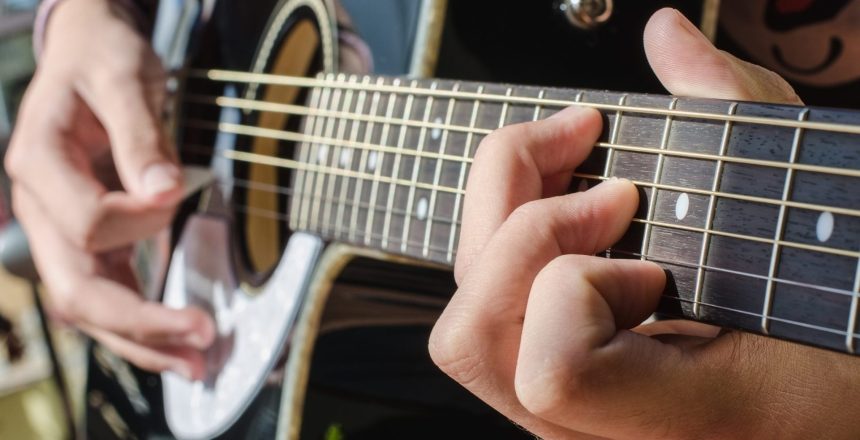Seventh chords are a powerful tool in songwriting that can add depth and complexity to your music. By adding an extra note to a standard triad, a seventh chord can create a more interesting and dynamic sound that can be used to convey a range of emotions and moods.
There are four main types of seventh chords: major seventh chords, dominant seventh chords, minor seventh chords, and half-diminished seventh chords. Let’s take a closer look at each one and how to use them in your songwriting.
1. Major Seventh Chords
A major seventh chord is created by adding the seventh note of a major scale to a major triad. The result is a chord that has a dreamy, ethereal quality that is often used to convey a sense of nostalgia or wistfulness. Major seventh chords are commonly found in jazz and pop music, and they can be used to create a range of moods and emotions.
2. Dominant Seventh Chords
Dominant seventh chords are formed by adding a flattened seventh note to a major triad. This type of chord has a strong, tense sound that is often used to create a sense of anticipation. Dominant seventh chords are commonly used in blues and rock music, and they can be used to create a sense of urgency or excitement in your music.
3. Minor Seventh Chords
Minor seventh chords are formed by adding the seventh note of a minor scale to a minor triad. This type of chord has a sad, melancholy sound that is often used to convey a sense of loss or heartbreak. Minor seventh chords are commonly used in jazz and blues music, and they can be used to create a range of emotions, from sadness to introspection.
4. Half-Diminished Seventh Chords
Half-diminished seventh chords are formed by adding a flattened seventh note to a diminished triad. This type of chord has a tense, unsettling sound that is often used to create a sense of mystery or intrigue. Half-diminished seventh chords are commonly used in jazz and classical music, and they can be used to create a range of moods and emotions, from uncertainty to unease.
While there are other types of seventh chords, these are the most common forms found in music. Now that we know the different types of seventh chords, here are some techniques to apply them to your songs:
5. Obscuring the Tonic
One of the ways to use seventh chords is by replacing the tonic triad with a seventh chord to obscure the tonic sound and add a sense of mystery to the music. The tonic triad is the chord built on the first note of the scale and is typically the most stable and familiar-sounding chord in a key. By replacing the tonic triad with a seventh chord, you can create a sense of ambiguity or instability in the music, which can add a mysterious or unsettling quality. To achieve this, simply replace the tonic chord with its major seventh or minor seventh counterpart.
6. Chord Substitution
You can also substitute any chord you use other than the tonic for a seventh chord. For example, you can use a dominant seventh chord instead of a regular dominant chord to create more tension and interest. You can also use a major seventh chord instead of a major triad to create a more sophisticated sound. By experimenting with different chord substitutions, you can create unique and unexpected progressions that capture the listener’s attention.
7. Modulation to a New Tonality
Finally, seventh chords can be used to modulate to a completely different tonality. This involves changing the key of your music to a new key that is unrelated to the previous key. By using a seventh chord as a pivot chord, you can smoothly transition from one key to another, creating a sense of surprise or intrigue in your music. This technique is often used in classical music, but can be applied to any genre. This is often done with the dominant seventh chord.
Overall, seventh chords are a powerful tool that can be used in many different ways to add interest and captivate your listeners. Whether you’re looking to create tension and release, add complexity to your chord progressions, or simply add a touch of nostalgia or intrigue to your music, seventh chords are a great way to do it. By experimenting with different techniques and exploring the unique sounds and emotions that seventh chords can create, you can take your music to new heights and captivate your listeners in new and exciting ways.





